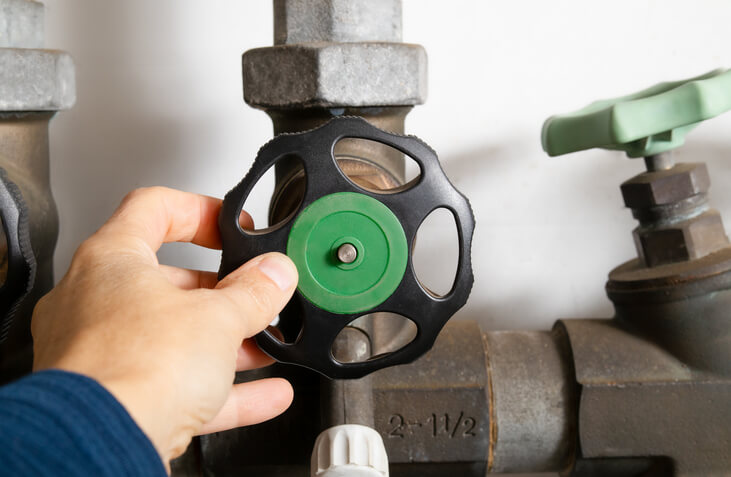Water safety is a top priority in Texas, and backflow preventers play a critical role in protecting the public water supply. These devices are designed to prevent contaminated water from flowing back into the municipal system, safeguarding homes and businesses from potential health risks. But what does Texas law say about backflow preventers, and when are they required? Let’s break down the state’s backflow prevention requirements.
Understanding Backflow and Its Risks
Backflow occurs when water flows in the opposite direction from its intended path, potentially carrying contaminants into the clean water supply. This can happen due to changes in pressure within the plumbing system, such as during a water main break or when a large amount of water is used at once.
The risks of backflow are significant. Contaminants like pesticides, fertilizers, and other harmful substances can enter the drinking water supply if backflow prevention measures are not in place. For this reason, Texas has established strict regulations to ensure that properties with potential cross-connections are equipped with the necessary backflow prevention devices.
Texas Plumbing Codes and Backflow Prevention
Texas plumbing codes require backflow preventers in situations where there is a risk of contamination. The Texas Commission on Environmental Quality (TCEQ) oversees backflow prevention regulations and enforces compliance to protect the public water supply.
Common examples of situations that require a backflow preventer include:
- Properties with irrigation systems
- Homes with swimming pools
- Commercial buildings with certain equipment or processes that use water
- Industrial facilities with hazardous materials
These devices must be installed according to the state’s plumbing codes to ensure they function properly and meet safety standards.
When Is a Backflow Preventer Required in Texas?
The need for a backflow preventer depends on the type of property and its water usage. For residential properties, irrigation systems are one of the most common reasons homeowners need a backflow preventer. These systems can create a cross-connection between the drinking water supply and potential contaminants, such as lawn chemicals.
Commercial and industrial properties have more complex water needs and are often required to install backflow preventers to comply with state and local regulations. Businesses that use chemicals, medical facilities, and food processing plants are just a few examples of establishments that must take extra precautions to prevent backflow.
The Importance of Professional Installation
Backflow prevention devices must be installed correctly to be effective. Texas requires that these devices be installed by a licensed plumber who understands the state’s plumbing codes and regulations. Professional installation ensures the device is properly fitted and tested to prevent backflow issues.
Testing and maintenance are also critical. Backflow preventers must be regularly inspected and tested to ensure they continue to function as intended. Neglecting maintenance can result in fines and increased health risks.
Protect Your Water Supply with Expert Plumbing Services
When it comes to backflow prevention, trust matters. Champion Plumbing Services provides reliable backflow prevention solutions in Houston, ensuring that homes and businesses comply with Texas plumbing codes. With their expertise, you can be confident that your property is protected from water contamination risks. Reach out today to schedule a consultation and keep your water supply safe and secure.

